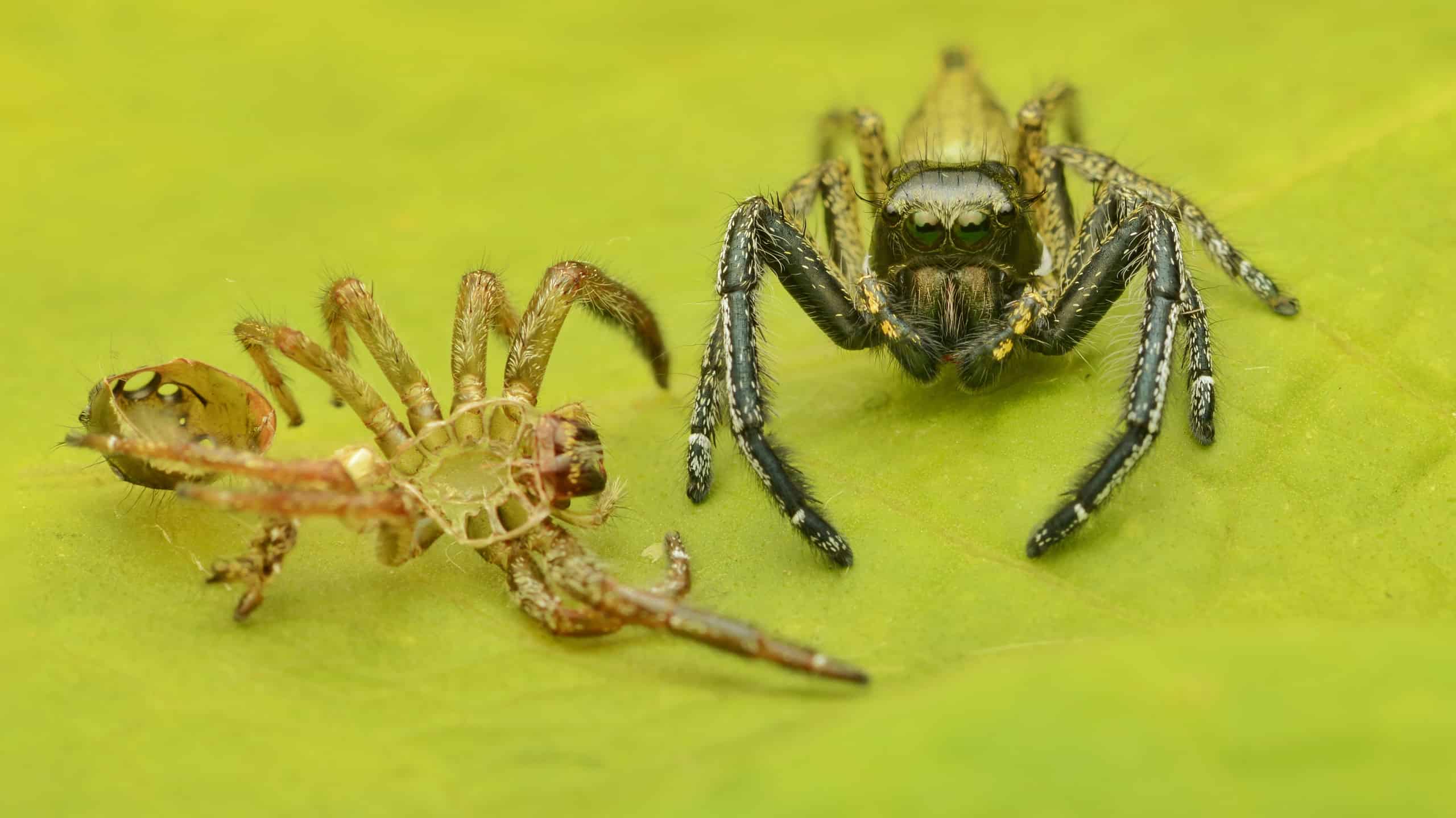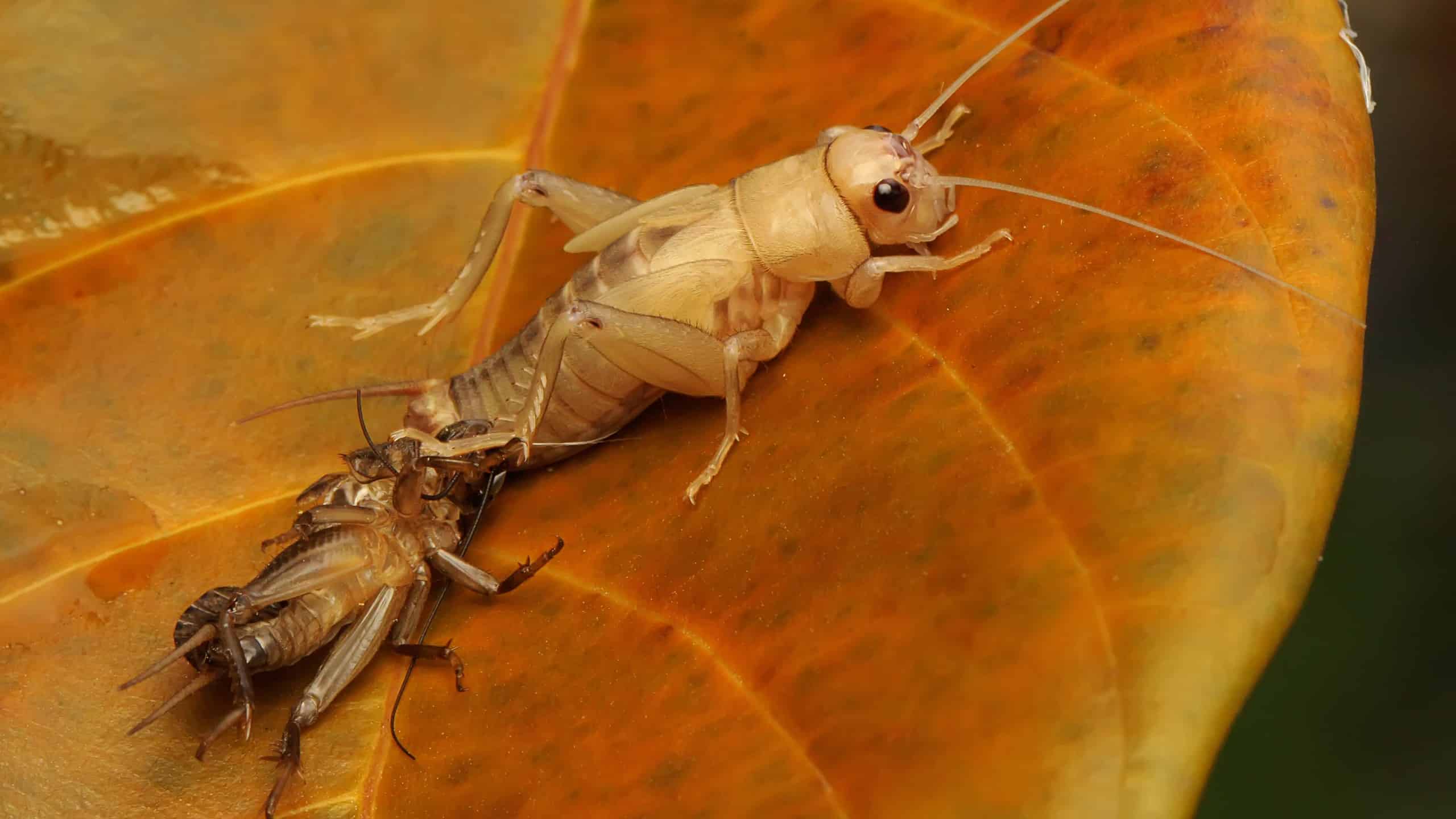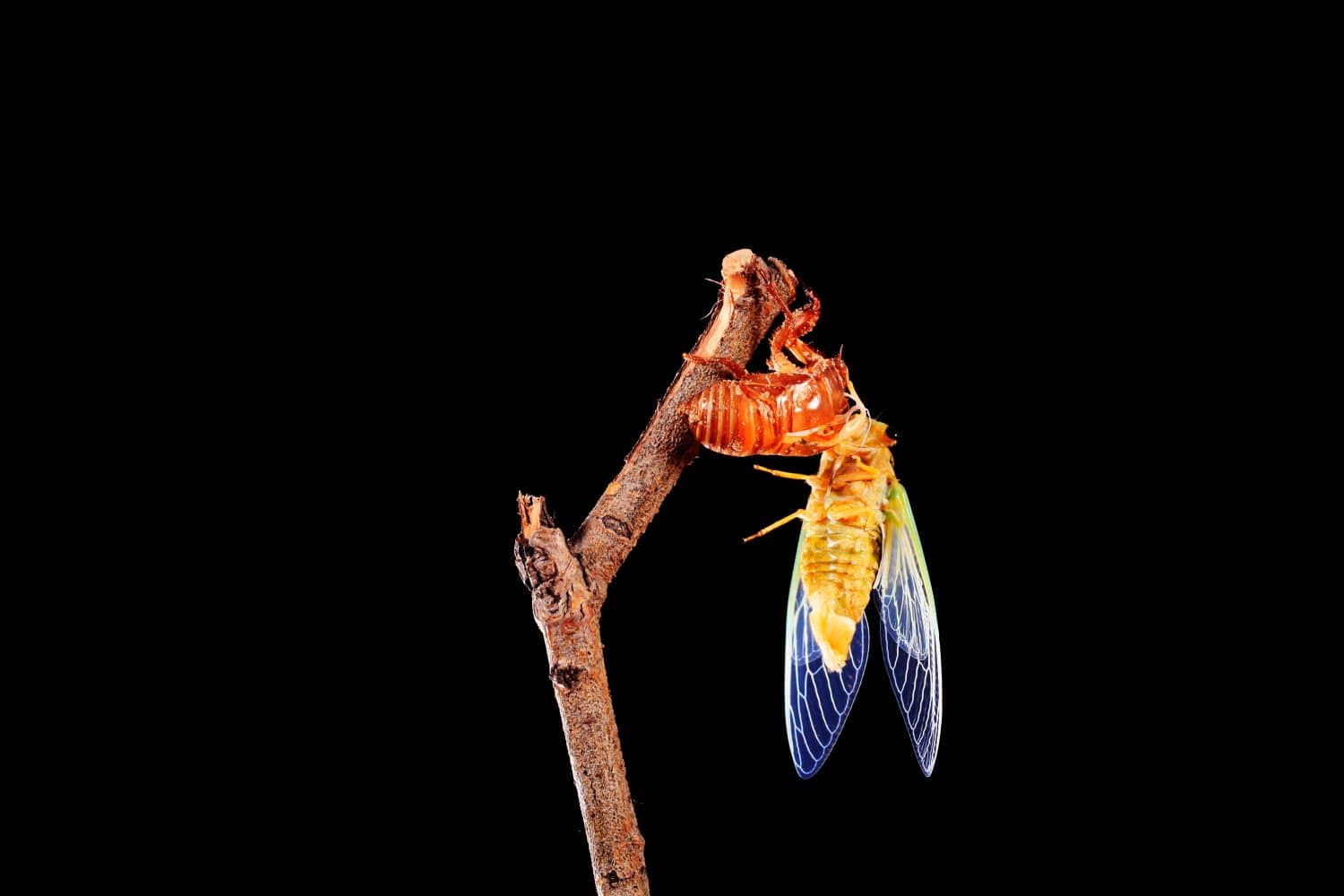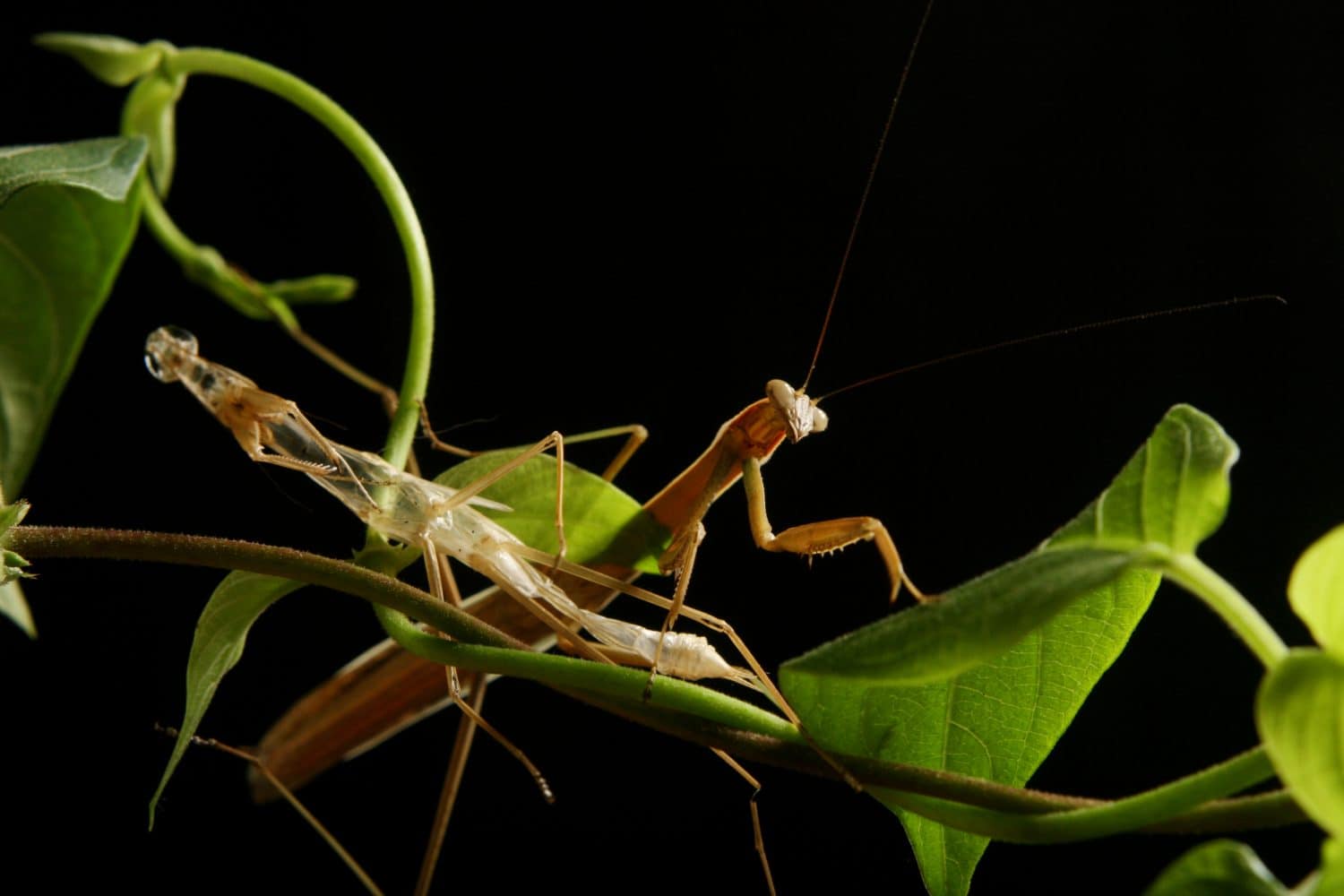Ecdysis Unveiled: The Amazing Journey of Transformation
Caterpillars molt multiple times as they develop, and during the last phase of growth, metamorphosis , they develop into pupae (chrysalises). When the warmth from the late spring and early summer sun arrives, it triggers changes within the pupa, enabling the emergence of the adult butterfly. This transformational process, referred to as ecdysis, involves an organism shedding its external covering such as skin, shell, or exoskeleton. Commonly called molting, this phenomenon occurs not only in butterflies but also in various creatures like spiders, crabs, and snakes, among others.
The word ecdysis originates from the Greek meaning “to strip off”. During ecdysis, the stiff outer layer (called cuticle or exoskeleton) is removed, allowing the animal to continue growing. This crinkled relic of its old skin is usually consumed or left to show the cycle of renewal and growth in the animal kingdom.

Animals That Undergo Ecdysis
Molting, or ecdysis, is an activity that happens for many animals, each with their twist on the process. ( View a clip of an insect shedding its skin here). For instance, a caterpillar molts multiple times as it grows bigger. Similarly, crickets, cockroaches, and cicadas molt numerous times to become adults. Frequently, you might notice the brown, paper-like exoskeleton of a cicada nymph attached to tree bark, while the mature insect has left. This process of shedding is also necessary for arachnids such as spiders.
Below is a list of several animals that experience ecdysis along with descriptions of their process:

-
Crustaceans, spiders, and insects fall under the category of arthropods.
- Tarantulas wriggle free from their outdated exoskeletons, coming out softer and with a paler hue.
- Crabs exit from their tough outer shells, leaving behind an exact replica of themselves as empty husks.
-
Reptiles (snakes, lizards)
- Snakes slither out of their skin as if removing a glove from a hand.
- Typically, lizards shed their skin in patchy flakes (often consuming the discarded skin pieces as they progress).
Just as a dragonfly emerges from its aquatic larval stage into adulthood, or a snake sheds its old skin for new, ecdysis represents a widespread and inherent process throughout the animal world.
A Vital Cycle

Indeed, ecdysis represents a standard and essential part of the lifecycle for creatures that experience this process. It’s not an unusual occurrence but rather a natural mechanism for growth and rejuvenation. Animals possessing rigid exoskeletons or scales face a challenge where these external coverings cannot expand alongside their growing internal structures. To illustrate, one might compare a juvenile insect or crab prior to shedding its skin to a child wearing shoes that have become too small. The sole resolution is to discard the old encasement and develop newer, larger ones.
Molting occurs periodically during growth, enabling some animals like crabs to increase in size or undergo transformations such as caterpillars turning into butterflies. For insects, these growth phases are known as instars, with molts marking transitions between them. Caterpillars might shed their skin several times prior to entering the pupal phase; after every molt, they grow bigger. Their ultimate shedding often involves metamorphosis—from a creeping larvae evolving into a flying adult. Should an insect fail to go through one of these molts successfully, it typically cannot advance to subsequent stages. Thus, this process plays a crucial role in ensuring proper progression through their life cycle.

Furthermore, reptiles undergo shedding as an integral part of their normal growth process. A robust snake will molt its skin periodically over its lifetime. Young snakes tend to do this more often, typically every several weeks up to a couple of months, whereas adult snakes usually lose their skins just a few times annually as their expansion pace decreases. Importantly, each molting provides space for further advancement. Additionally, snakes utilize the act of shedding not only to discard tattered or harmed skin but also to expel pests. In contrast, lizards shed incrementally when they surpass the size of their previous scale layer; they commonly consume these sections to regain essential minerals.
In crustaceans, molting and growth are interconnected processes. A juvenile crab or lobster will shed their exoskeleton often and increase in size after each molt. Similar to numerous other species that undergo molting, these creatures cannot expand continually without discarding their outer layer to facilitate further development.
Furthermore, the shedding process needs precise scheduling. Numerous creatures possess hormonal triggers that initiate moulting when conditions are appropriate. This mechanism ensures that ecdysis fits into their growth pattern, happening exactly when needed—part of an inherent biological schedule for discarding the past to facilitate renewal.
Molt Outlines Advantages Along With Difficulties
As previously mentioned, molting offers several benefits such as facilitating growth and development. Additionally, the discarded exoskeleton contributes nutrients back into both the creature itself and the broader ecological system via nutrient recycling. Nonetheless, this essential procedure comes with certain drawbacks as well.

The primary disadvantages of ecdysis include the risks involved when an animal sheds its protective outer layer. At the instant an organism casts off this barrier, It enters a perilous phase. The fresh skin or delicate external layer is typically quite sensitive and fragile. It remains vulnerable until it toughens up over several days, making the organism as susceptible to damage as an infant.
During this period, the creature becomes far more vulnerable to predation, dehydration, and injury. Numerous creatures, such as crabs, tend to conceal themselves when shedding their exoskeletons. As an illustration, hermit crabs might burrow underground for several weeks while they moult.
Furthermore, the act of shedding is both physically strenuous and intricate. Breaking free from a worn-out shell and emerging is akin to wriggling out of a snug garment. Issues during the molting process can trap the creature mid-way, causing distress. Additionally, when an animal is unwell or malnourished, it may struggle with the molting procedure effectively.
From serpents to elks, every creature's molting presents distinct perils and attributes. A serpent's cast-off hide serves as an archive of development. For insects, their exuviae mark the final trace of their youth phase. Within the realm of fauna, moulting occurs often, allowing species to persist and exemplify the toughness and regeneration chronicled in nature’s narrative.
Follow A-Z Animals!
- Discover today's newest and most thrilling animal stories by following A-Z Animals. Tap here to view the A-Z Animals profile page and make sure to tap on it Follow Button here or at the top of this article!
- Got comments? Leave your thoughts underneath!
Up Next:
- Why Did Certain Dinosaurs Disappear Before the Asteroid Impact?
- Explore 6 Amazing Creatures of the Paleozoic Era
- 10 Creatures That Mate, Bear Young, and Perish
The post Ecdysis Explained: A Fascinating Phase of Change appeared first on A-Z Animals .

Post a Comment for "Ecdysis Unveiled: The Amazing Journey of Transformation"